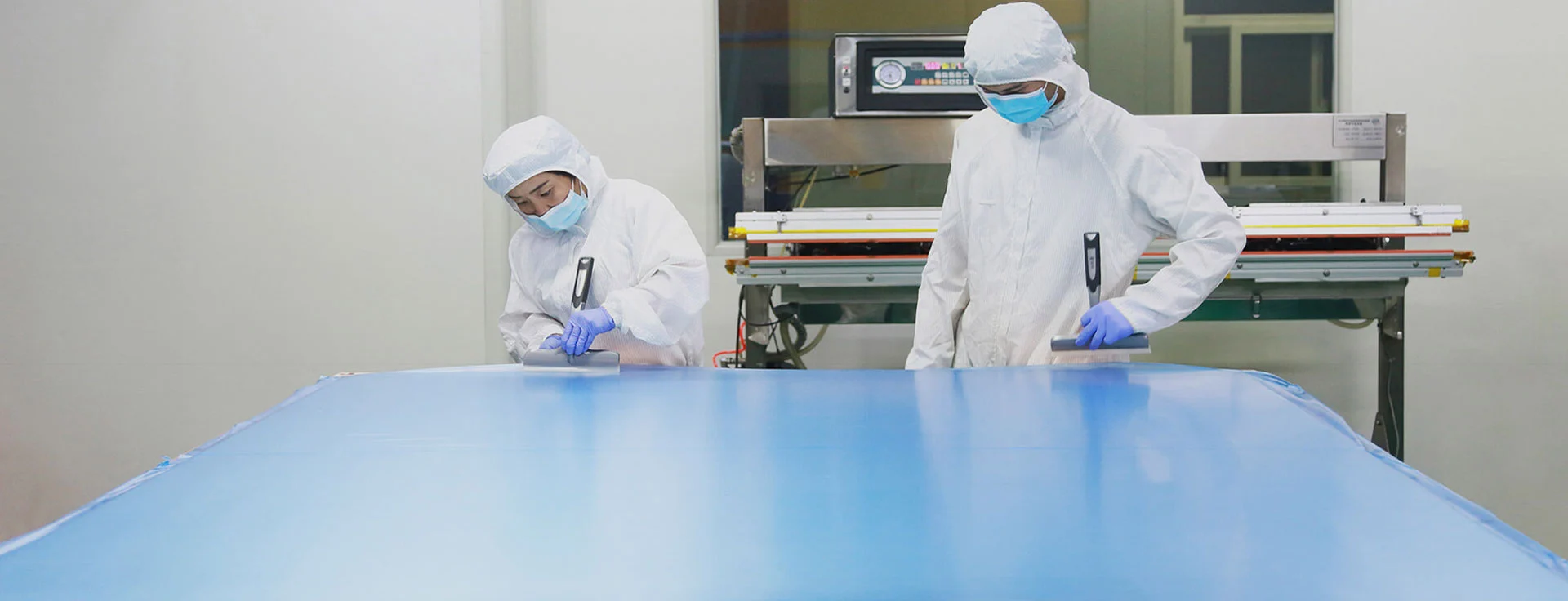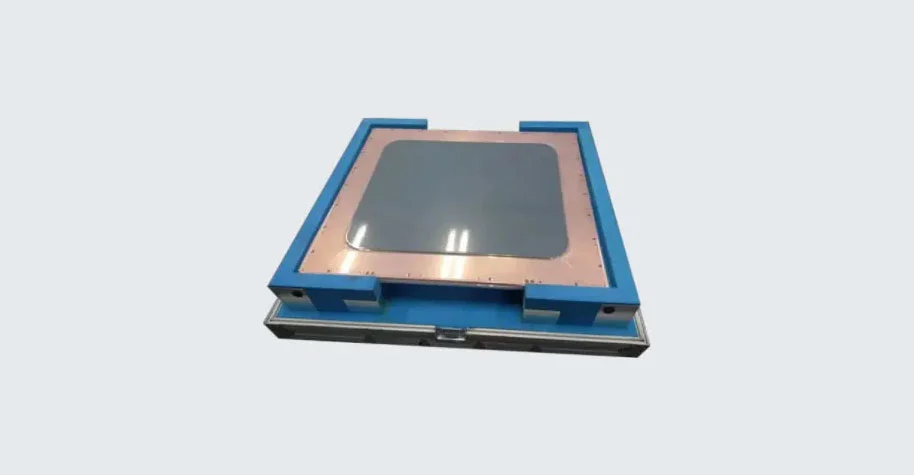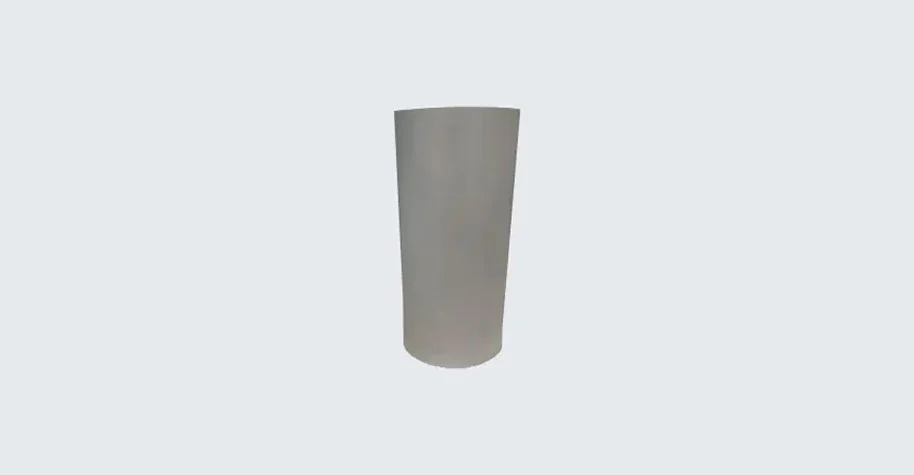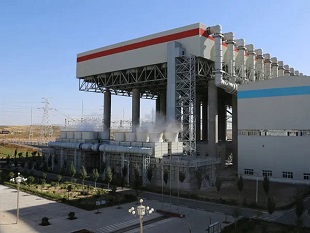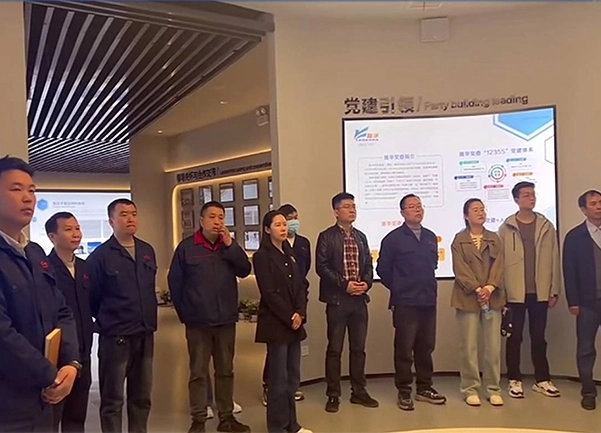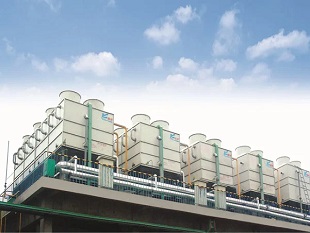Ceramic targets are used in a process called Physical Vapor Deposition (PVD), which is used in the production of various thin films, including semiconductor devices, solar cells, and optical coatings. Ceramic targets are made up of materials such as alumina, titanium dioxide, zirconia, and silicon dioxide. They have high melting points, low sputtering rates, and high purity, making them popular for use in PVD processes. Ceramic sputtering targets are also durable, chemically stable, and resistant to heat and wear, making them an ideal choice for many industrial applications.
Longhua stands as a renowned leader in the field of ceramic target manufacturing and supply, offering an extensive range of high-quality products, including ITO targets and IGZO targets. With an unwavering commitment to excellence, Longhua has consistently delivered premium ceramic targets tailored to meet the diverse requirements of industries such as electronics, display technology, and beyond. We take pride in our relentless pursuit of quality, precision, and technological innovation, making us the go-to choice for those seeking top-tier ceramic target solutions. If you're in need of these cutting-edge materials for your projects, we invite you to reach out to Longhua today, where our team of experts is ready to assist and provide customized solutions to match your specific applications and dimensions.


